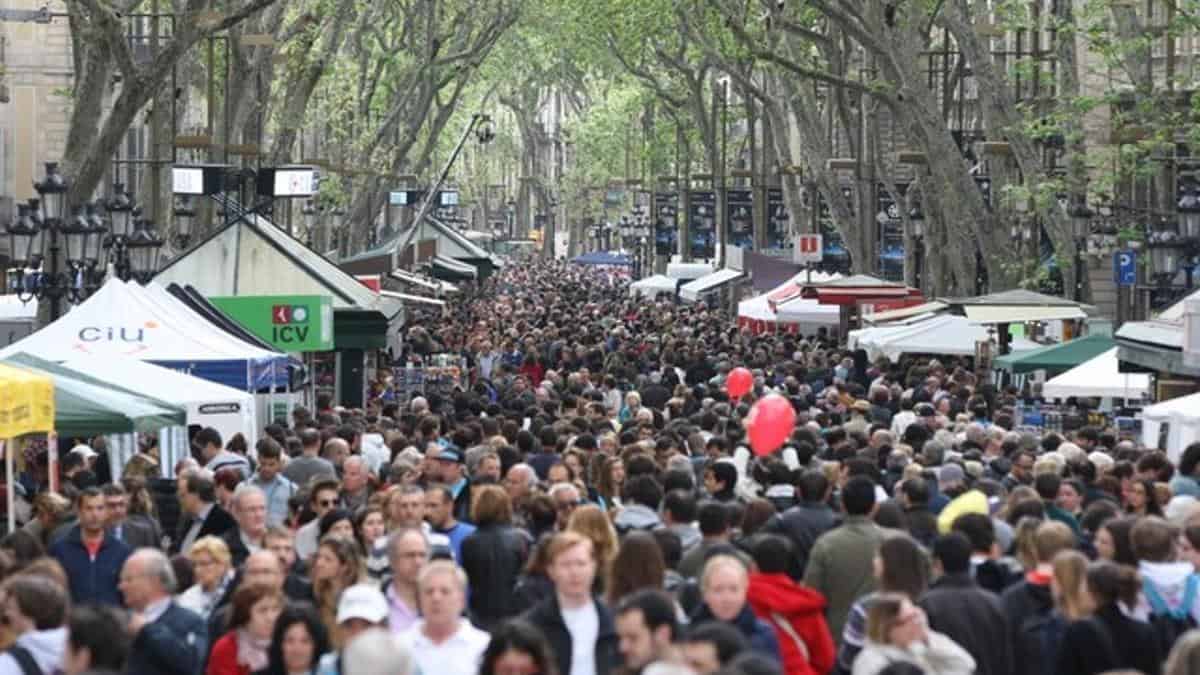Catalonia has set a demographic milestone by registering a record number of foreign residents, who now represent 17.2% of its total population.
This 10% increase in the foreign population, which now stands at 1,361,981 inhabitants, has become a key driver of population growth in the region, especially in a context of declining fertility and population aging.
The growth of the foreign population has been significant since 2000, when it represented only 2.9% of the total. This increase, marked by economic cycles, has had a heterogeneous impact in different regions of Catalonia.
The latest figures highlight the increase in regions such as Cerdanya, Ripollès, Garrotxa and Barcelonès, showing the geographic concentration of this demographic phenomenon.
Part of the population of Catalonia are foreign residents
Municipalities such as Guissona, Castelló d’Empúries, La Portella, Lloret de Mar and Salt stand out for having more than 25% of their population made up of foreigners. This concentration demonstrates the key role of sectors such as tourism and agriculture in attracting foreign populations, but also poses challenges in terms of housing, services and social cohesion.
The origin of the foreign population in Catalonia is diverse, with representatives of 170 different nationalities. Moroccan, Romanian and Italian nationals top the list, closely followed by other European groups.
This diversity underscores the complexity of the migration phenomenon and the need for inclusive policies tailored to diverse communities.
The Ukrainian exodus has also left its mark in Catalonia, with more than 40,000 people of Ukrainian nationality now residing in the region.
This demographic group is mainly concentrated in Barcelona, Lloret de Mar, Guissona and Badalona, but also shows a significant distribution in other areas, such as the Segarra region.
The economic factor also plays a crucial role in the geographic distribution of the foreign population, with a higher density in coastal areas and agricultural regions.
The presence of European foreigners is especially notable, representing almost a third of the total foreign population and reflecting the diversity of nationalities present in Catalonia.
Migration has been a vital demographic driver in a context of declining fertility and an aging population. This uneven growth has been influenced by economic cycles, with periods of acceleration and deceleration depending on the economic situation.
Catalonia is in the midst of a dynamic and diverse demographic shift, driven largely by international migration. While this phenomenon offers economic and cultural opportunities, it also poses challenges in terms of integration, territorial management and social cohesion.
The region is now a space of inclusion in which we seek to ensure sustainable and harmonious development for all inhabitants of the region, local or foreign.

